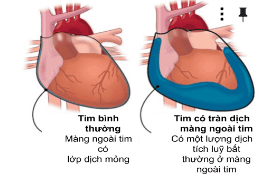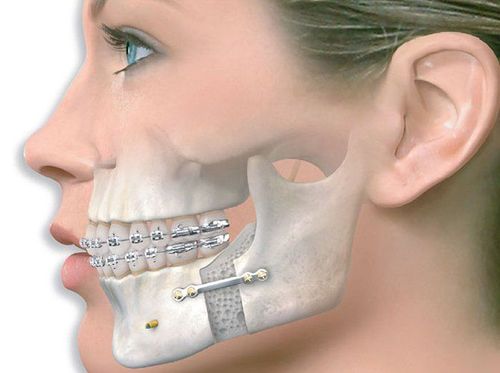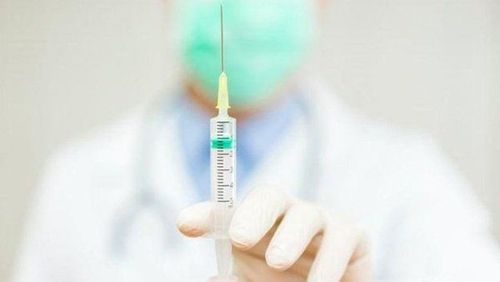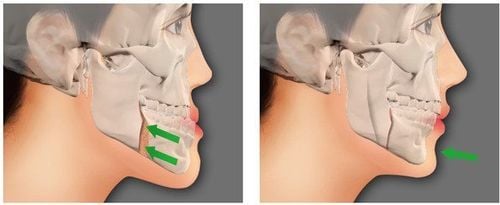This is an automatically translated article.
The article is expertly consulted by Master, Doctor Nguyen Thi Mai Anh - Doctor of Radiology - Department of Diagnostic Imaging and Nuclear Medicine - Vinmec Times City International General Hospital.Injuries in the maxillofacial region, if X-ray films cannot make a diagnosis, then the method of jaw computed tomography is a simple, non-invasive technique with a quick implementation time to help make a diagnosis. exactly.
1. Computed tomography of the face without contrast injection in the axial and coronal planes
Computed tomography (CT) of the face without contrast injection in the axial and coronal planes is a imaging technique that does not use contrast agents, to examine diseases of the maxillofacial region, the nose, sinuses, throat...For With computed tomography of the maxillofacial region, there are two directions of shooting: the axial (cross-sectional) and coronal (horizontal) plane.
2. Indications and contraindications
Indications:Trauma to the maxillofacial region. Congenital abnormalities of the maxillofacial region. Diseases of the maxillary sinuses. Contraindications:
This method does not use contrast, so there are no absolute contraindications only relative contraindications.
Pregnant women, especially in the first trimester. When taking pictures, you must have a lead shirt to cover the abdomen. Young children, using X-rays with young children may cause some developmental effects in children. Therefore, if it is not really necessary, another diagnostic method should be chosen.
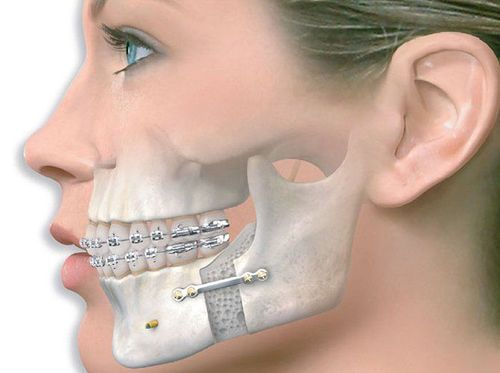
Phương pháp này chỉ định đối với bệnh nhân bị chấn thương vùng hàm mặt
3. Procedure for facial computed tomography
3.1 Preparation
Performer: To take a computed tomography scan of the maxillofacial region, it is necessary to have a doctor and a technician specializing in imaging.Means used to take computed tomography of the maxillofacial region include:
Computed tomography machine. Film, printer and image storage system. Patient:
The patient is clearly and thoroughly explained about how to take the picture so that he can coordinate with the photographer. Remove objects that may cause image noise such as earrings, necklaces, hairpins, etc. (if any) The patient is too excited, does not lie still, is worried and afraid, or in the case of a young child who may move Active, uncoordinated when taking pictures: Give sedation before taking pictures. The patient needs to have a doctor's order to take the film.
3.2 Steps to take
Computed tomography scan in both axial and coronal directions. For facilities with multi-slice computerized tomography machines (from 16 rows or more) it is possible to only need to perform the axial section, then reconstruct in the horizontal and other directions while still ensuring the safety of the patient. ensure the same image quality as the cross-sectional image quality.3.2.1 Transverse (axial) direction
Patient position: Lying on the back, in the middle of the seat, the patient needs to lie still when taking the picture, not moving when taking the picture because it causes noise. Perform localization, in a plane parallel to the hard palate. Shot in the horizontal direction from the base of the skull to the hyoid bone. The thickness of each slice is 3mm-5mm. The jump is equal to the layer thickness, spiral cutting is recommended.3.2.2 Horizontal (coronal) orientation
Patient position: The patient lies supine with the head supine maximally or supine with the head supine maximally. Lie motionless for a few minutes while the technician takes the picture. Perform positioning capture, according to the cutting plane perpendicular to the cross-sectional plane. Taken vertically from the tip of the nose to the posterior spine of the cervical spine. The thickness of each cutting layer is 3mm-5mm. The jump is equal to the layer thickness, spiral cutting is recommended. After capture: Determine the standard image and print the result in both horizontal and vertical directions, in both bone and software windows.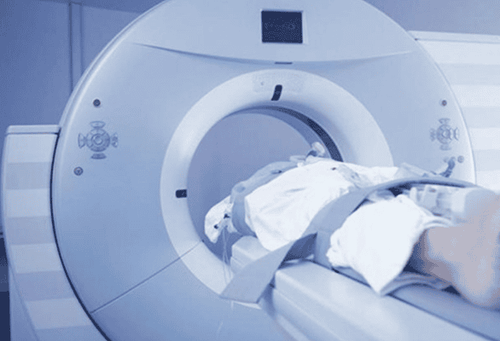
Máy chụp cắt lớp vi tính
3.3 Evaluation of results
The doctor reads the results and describes the lesion: The location of the lesion, the type of the lesion, the size of the lesion... Compare the computed tomography and clinical images. Provide diagnostic guidelines. At the same time, other examinations may be suggested. The doctor can provide additional professional advice to the patient upon request.4. Accidents and how to handle accidents when shooting
The method of computed tomography of the maxillofacial region did not inject contrast, so there were no complications.However, sometimes there may be some cases such as:
Young children may not cooperate in the shooting process such as crying, movement affects image quality or some people are too nervous, anxious, afraid. scared to take pictures. It can be taken while the child is sleeping, using sedatives or sometimes under anesthesia depending on the case. Effects on pregnant women: Due to the use of X-rays during the scan, there is a risk of affecting the development of the fetus. Therefore, if you are pregnant, you need to tell your doctor, to weigh the risks, benefits and protective measures when taking a scan. In many cases, the patient cannot be supine for the coronal scan. For the method of computed tomography of the jaw area, no contrast is used, so there are no complications caused by contrast. To be able to accurately take pictures and correctly identify lesions, it is necessary to have a good system of equipment, the operator, and the person reading the results with expertise and experience.
Master, Doctor Nguyen Thi Mai Anh has nearly 10 years of experience in the field of diagnostic imaging, especially in imaging breast and thyroid cancer. Received formal training at Thai Binh Medical University and specialized postgraduate training at Hanoi Medical University. Currently, the doctor is a radiologist at Vinmec Times City International General Hospital.
Any questions that need to be answered by a specialist doctor as well as customers wishing to be examined and treated at Vinmec International General Hospital, you can contact Vinmec Health System nationwide or register online HERE.
SEE MORE
Maxillofacial computed tomography: What you need to know What is a CT scan? In which cases need contrast injection? Applications of CT scan, MRI





